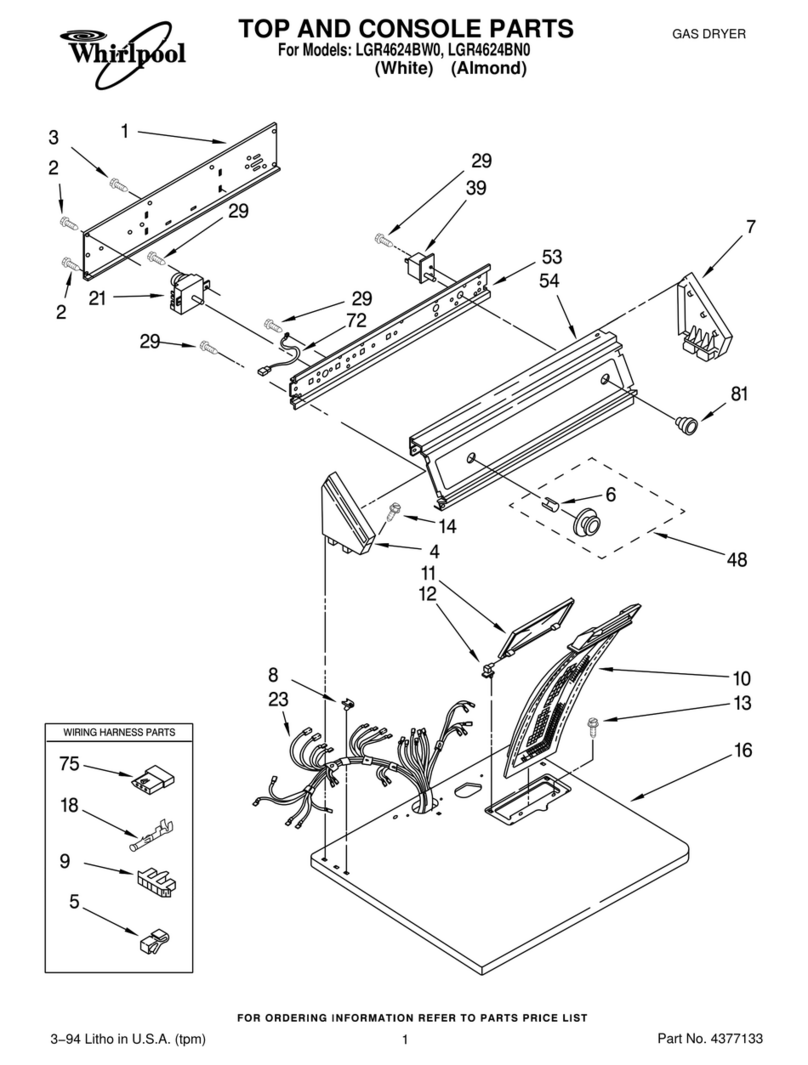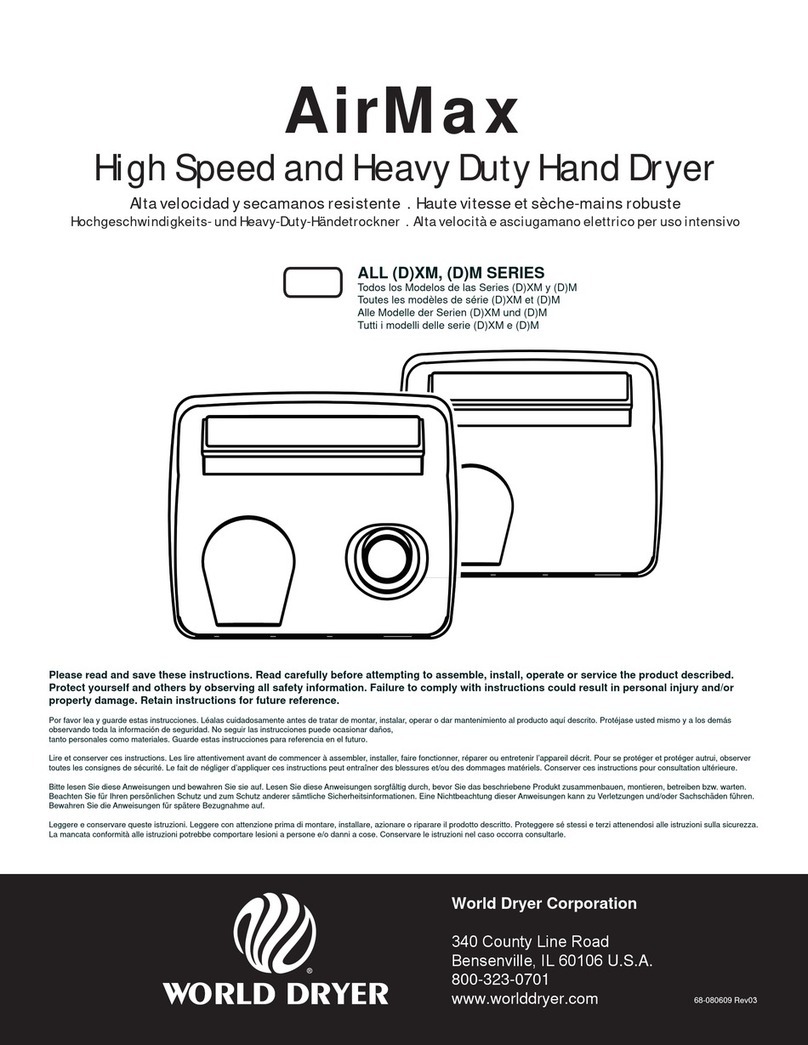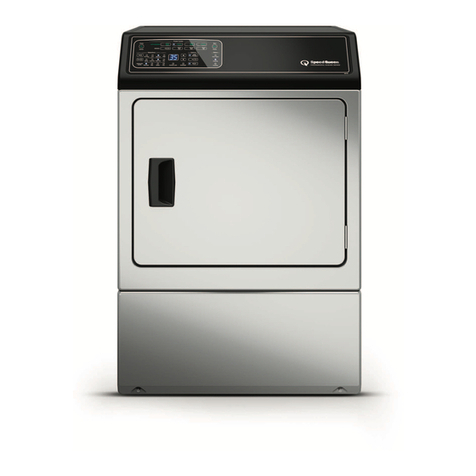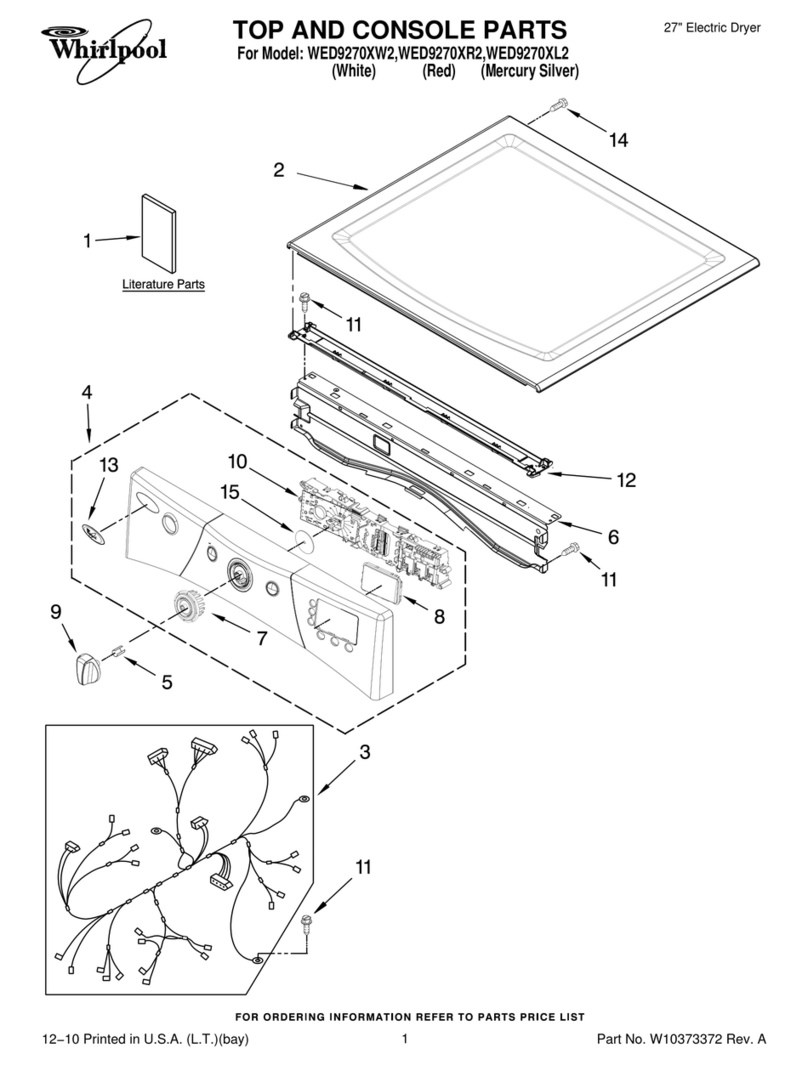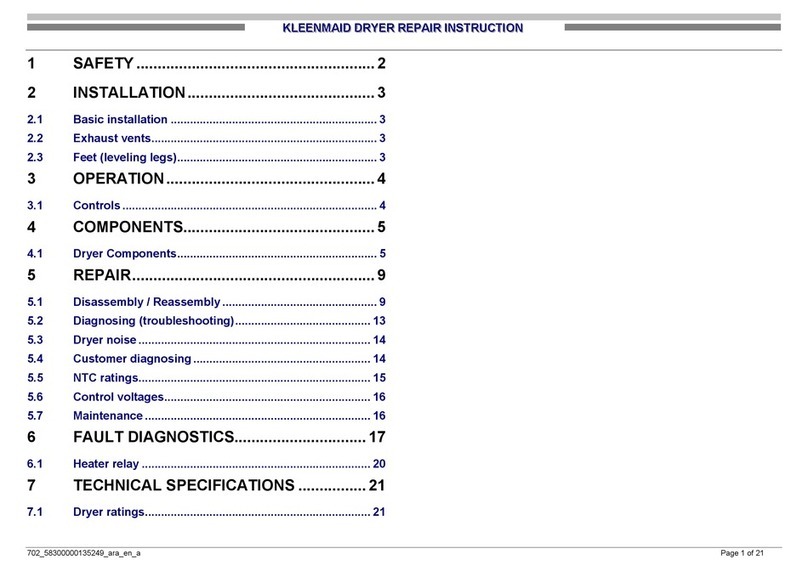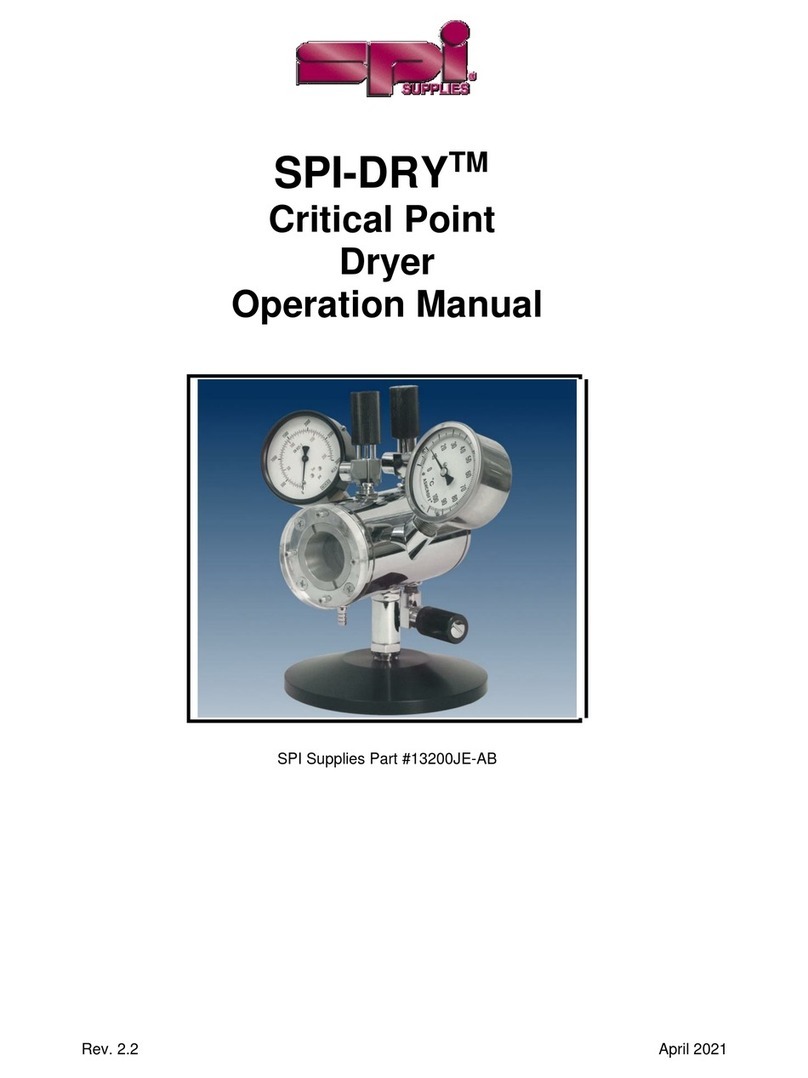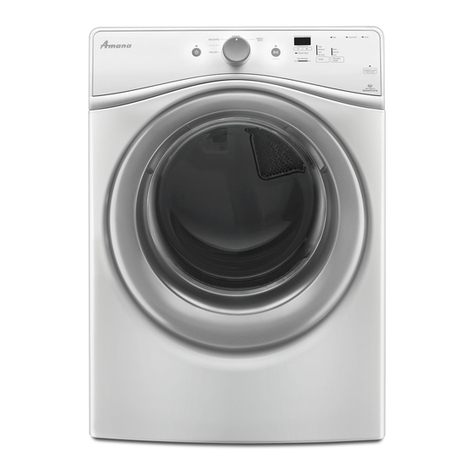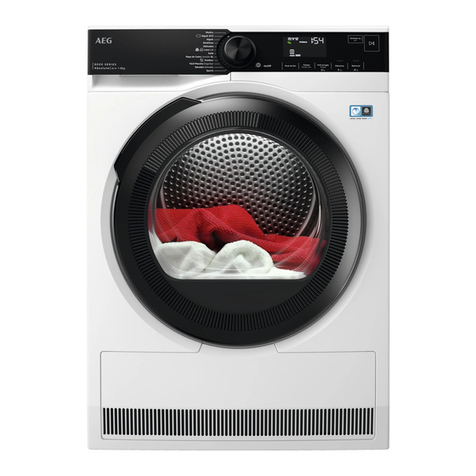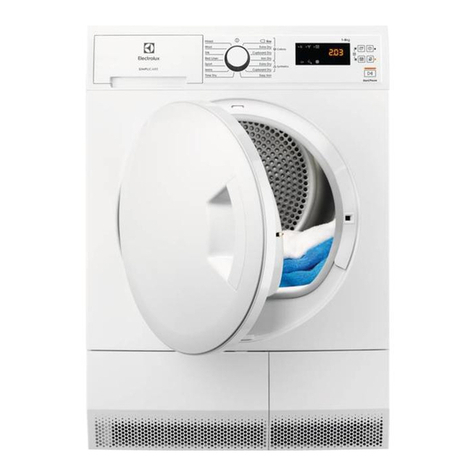
for optimum performance of the
Accelerator.
System Air
Pressure,
PSI
20
25
30
40
50
60
Time to 10 psi, sec.
Min. Max.
40 160
29 116
23 92
15 60
12 48
9 36
NOTE
If the time to pressurize the Dif-
ferential Chamber of the F311
Accelerator is not within the
range of values given in the
above table or any otherresetting
problem is encountered, the Ac-
celerator Control Valve should
be closed and corrective action
taken (see TD109).
k. When the air pressure in the Dif-
ferential Chamber of the Ac-
celerator is equal to that in the
system, the Accelerator is set and
ready for service.
28. Slowly open the Main Control
Valve. Close the Multimatic Drain
Valve as soon as water discharges
from the drain connection. Ob-
serve the Automatic Drain Valve
for leaks. If there are leaks, either
the Clapper is not properly seated
and the Duomatic System must be
reset, or there is internal leakage
past the Clapper Facing or
Diaphragm. Determine/correct the
cause of the leakage problem. If
there are no leaks, fully open the
Main Control Valve (Fig. A).
29. Verify that the automatic control
unit is returned to a normal standby
condition.
30. It is recommended that the Main
Control Valve and the System
Shut-off Valve (if applicable) be
locked in the open position if they
are not monitored by supervisory
switches.
NOTE
After placing a fire protection sys-
tem in service, notify the proper
authorities and advise those
responsible for monitoring
proprietary and/or central station
alarms.
The Duomatic Dry System is now set
for service.
CARE AND MAINTENANCE
The Duomatic Dry System requires
regularly scheduled care and main-
tenance of its principle components,
as described in their individual techni-
cal data sheets. In addition, it is recom-
mended that the proper operation and
condition of the system be periodically
verified in accordance with the follow-
ing described inspection procedure.
Any impairment to the system must be
promptly corrected in order to maintain
the integrity of the system.
It is recommended that the System In-
spection Procedure be performed at
least semi-annually by a qualified In-
spection Service. The Duomatic Dry
System Inspection Procedure may be
followed in lieu of performing any of the
operational tests recommended in the
Technical Data Sheets of the Model
A-4 Multimatic Valve, Model
F52O/F5201 Swing Check Valve,
Model B-l Dry Pilot Actuator, Catolog
Number R821 OA107 Solenoid Valve,
Models PSlO-2 and PS40-1 Pressure
Switches, and Model F180 Manual
Control Station.
NOTES
1. It is recommended that in-
dividuals responsible for care
and maintenance of the Duomatic
Dry System develop a working
understanding of the system in
general, prior to performing in-
soection and /or maintenance
pdrocedures. These instructions,
as well as individual instructions
for the deluge valve, swing check
valve, dry pilot actuator, solenoid
valve, manual control station,
switches, accelerator (if ap-
plicable), and pressure main-
tenance device should be
reviewed.
2. The following procedures pertain
to the automatic control valve
portion of the Duomatic Dry Sys-
tem. Refer to the manufacturer’s
instructions and NFPA 13A for
care and maintenance procedures
for all other devices (e.g., electric
detection, main control and sys-
tem shut-off valves, supervisory
devices, sprinklers, etc.).
3. Before performing the System In-
spection Procedure, which will
result in operation of alarms,
notify the proper authorities and
all personnel who may be af-
fected.
4. Before closing a fire protection
system main control valve for
maintenance work on the fire
protection system which it con-
trols, permission to shut down the
affected fire protection system
must be obtained from the proper
authorities and all personnel who
may be affected by this action
must be notified.
System Inspection Procedure
I. Close the Main Control Valve (Fig.
A) and then open the Multimatic
Drain Valve (Fig. C).
2. Open (energize) the Solenoid
Valve by manually operating the
automatic control unit. Verify that
there is no leakage out the Dry
Pilot Actuator drain. Also, verify full
operation of the automatic control
unit and its associated alarms.
NOTES
During this procedure, the
Solenoid Valve is opened;
however, the Dry Pilot Actuator
should remain closed and the
Multimatic Valve Diaphragm
Chamber should remain pres-
surized.
This procedure is used to verify
that the Multimatic Valve will
remain set if the electric detection
system operates but the sprinkler
system remains in its normally
pressurized condition.
3. Open the Inspector’s Test Connec-
tion but be prepared to close it, as
well as the Accelerator Control
Valve (Fig. D), if applicable, im-
mediately after verifying the follow-
ing:
a. If the system is equipped with an
Accelerator, verify that the time to
Accelerator trip is essentially the
same as in previous tests, and
verify that the Diaphragm Cham-
ber Pressure Gauge (Fig. C)
drops to a pressure equivalent to
the reading that was recorded for
the trip point of the Multimatic
Valve during its most recent Sys-
tem Inspection Procedure.
b. Verify that the Low Pressure
Alarm Switch (Fig. C) and its as-
sociated alarms operate properly.
The Low Pressure Alarm Switch
should operate at the previously
established pressure (refer to In-
stallation section, Step 7).
Close the Inspector’s Test Con-
nection, and, if applicable, close
the Accelerator Control Valve.
4. Close the Diaphragm Chamber
Supply Control Valve (Fig. C).
5. Close the System Shut-off Valve
(Fig. A) after the system air pres-
sure has been restored to normal.
6. Manually restore the electric fire
detection system to a normal con-
dition in accordance with the
-1o-



